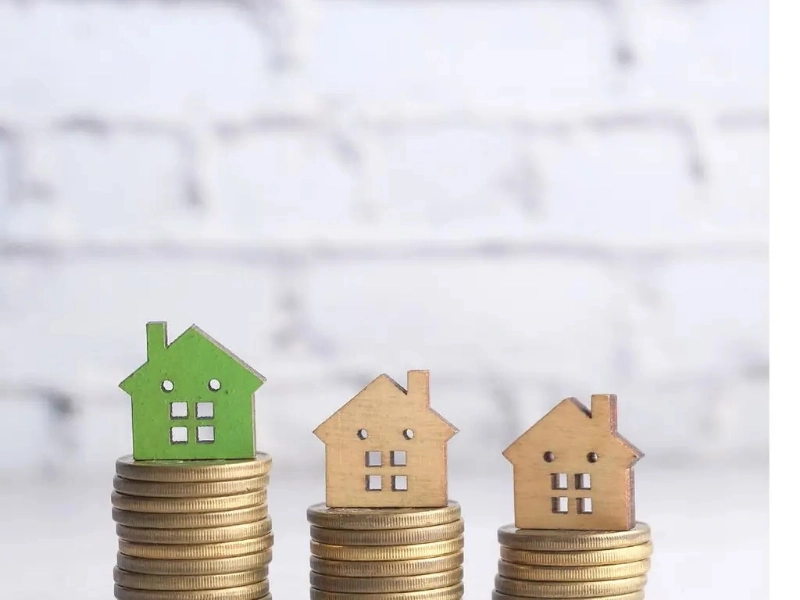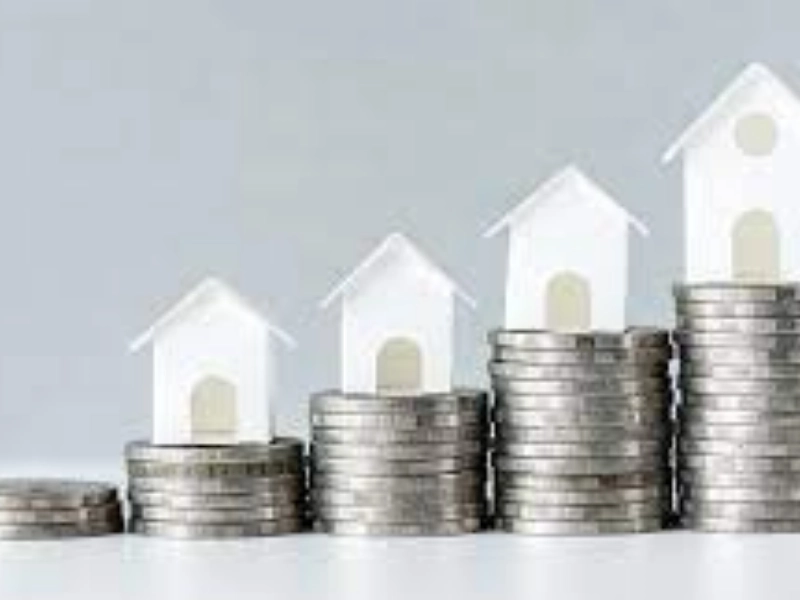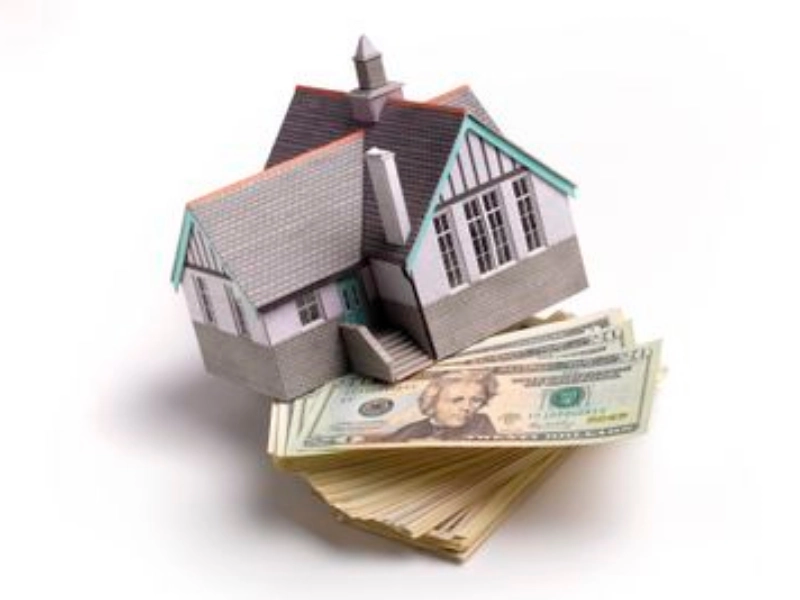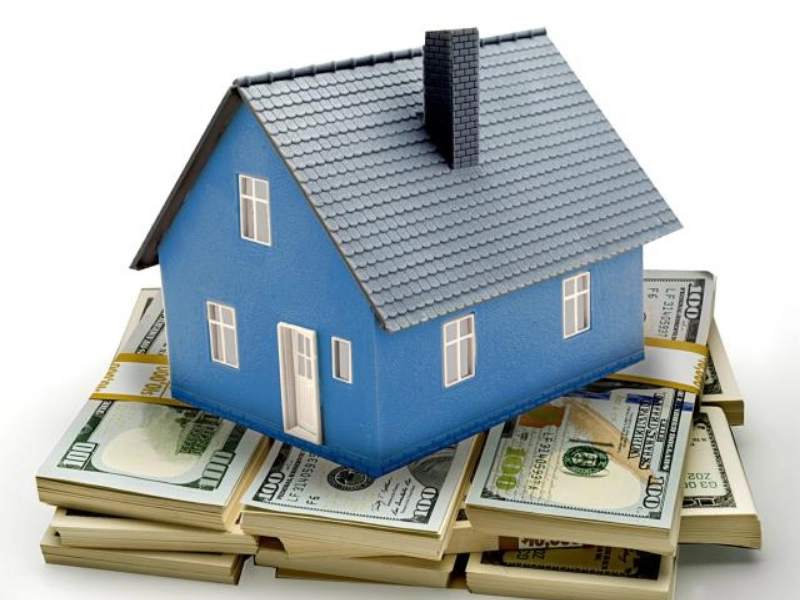Mortgage Relief Plans: Solutions for Homeowners in Financial Difficulties
By modifying the conditions of a house loan, mortgage relief programs relieve financial stress that may result in mortgage delinquencies, defaults, and foreclosures. These state- and local-level initiatives may involve interest rate reductions, refinancing, or forbearance. If a homeowner is having trouble paying their mortgage, they should speak with their lender or a housing counselor who has been approved by HUD to find out what solutions are available. Forbearance, which suspends mortgage payments while you look for new work, is one option you may have.
1. Patience

2. Mortgage refinancing
 The process of refinancing involves getting a new mortgage in place of your current one, typically at a lower interest rate or with a different loan term (longer or shorter). Your monthly payments can be lowered with this mortgage relief option, which can also help you better handle financial difficulties.
A mortgage forbearance program is intended to assist homeowners in financial difficulty by momentarily stopping their mortgage payments while they look for work or explore other options for reorganizing their finances. Interest may still accrue throughout the forbearance period, but by giving homeowners time to catch up, this alternative can help avoid foreclosure.
In the event that your portfolio mortgage is not supported by Freddie Mac or Fannie Mae, your lender might be able to modify your loan. Speak with your lender directly to learn more about the plans and choices they offer.
The process of refinancing involves getting a new mortgage in place of your current one, typically at a lower interest rate or with a different loan term (longer or shorter). Your monthly payments can be lowered with this mortgage relief option, which can also help you better handle financial difficulties.
A mortgage forbearance program is intended to assist homeowners in financial difficulty by momentarily stopping their mortgage payments while they look for work or explore other options for reorganizing their finances. Interest may still accrue throughout the forbearance period, but by giving homeowners time to catch up, this alternative can help avoid foreclosure.
In the event that your portfolio mortgage is not supported by Freddie Mac or Fannie Mae, your lender might be able to modify your loan. Speak with your lender directly to learn more about the plans and choices they offer.
3. A second mortgage
 As the housing market continues to improve, a growing number of homeowners are discovering that they have access to substantial amounts of home equity. They might be looking to use this equity to cover major expenses like weddings or debt consolidation in order to meet their financial obligations.
The collateral for a second mortgage is the homeowner's home equity, which is calculated as the current market value minus the current mortgage balance. This kind of loan gives you the freedom to use the money anyway you choose with few restrictions, and it can be used for a range of needs.
But if a homeowner can't afford the repayment terms, a second mortgage puts their property in danger of foreclosure and adds another monthly obligation to their budget. Similar to an auto or school loan, the terms of the second mortgage may also have an effect on their credit score.
As the housing market continues to improve, a growing number of homeowners are discovering that they have access to substantial amounts of home equity. They might be looking to use this equity to cover major expenses like weddings or debt consolidation in order to meet their financial obligations.
The collateral for a second mortgage is the homeowner's home equity, which is calculated as the current market value minus the current mortgage balance. This kind of loan gives you the freedom to use the money anyway you choose with few restrictions, and it can be used for a range of needs.
But if a homeowner can't afford the repayment terms, a second mortgage puts their property in danger of foreclosure and adds another monthly obligation to their budget. Similar to an auto or school loan, the terms of the second mortgage may also have an effect on their credit score.
4. Awards
 Grants for homeowner assistance might be a useful tool for short-term mortgage repayment. Usually, these programs provide an interest-free, short-term loan. This may stop foreclosure and drastically reduce the amount that homeowners must repay. Grants for mortgage relief are usually provided by governmental or nonprofit institutions.
It's crucial to get in touch with your mortgage servicer as soon as you start having trouble paying your mortgage because there are different mortgage relief alternatives available depending on your state and lender. Your service provider can assist you in locating any available resources and collaborate with you to choose the most appropriate course of action.
During the COVID-19 epidemic, homeowners who are behind on their mortgage, property taxes, or other housing-related expenses may get aid from New York's Homeowners Aid Fund of up to $50,000. Support will be given in the form of a five-year, fully amortizing, non-interest loan.
Grants for homeowner assistance might be a useful tool for short-term mortgage repayment. Usually, these programs provide an interest-free, short-term loan. This may stop foreclosure and drastically reduce the amount that homeowners must repay. Grants for mortgage relief are usually provided by governmental or nonprofit institutions.
It's crucial to get in touch with your mortgage servicer as soon as you start having trouble paying your mortgage because there are different mortgage relief alternatives available depending on your state and lender. Your service provider can assist you in locating any available resources and collaborate with you to choose the most appropriate course of action.
During the COVID-19 epidemic, homeowners who are behind on their mortgage, property taxes, or other housing-related expenses may get aid from New York's Homeowners Aid Fund of up to $50,000. Support will be given in the form of a five-year, fully amortizing, non-interest loan.
5. Loans for assistance
 Mortgage relief options are still available to suffering homeowners, even though they might not be as widespread as they were during the COVID-19 pandemic. Generally speaking, getting in touch with your mortgage servicer is the best place to start. This could be the mortgage lender directly, or it could be the organization that receives your payments.
This organization can provide loan modification, payment reduction, or even mortgage forbearance. Additionally, it can assist you in locating additional mortgage assistance programs nearby.
In times of financial difficulty, homeowners can find it simpler to pay their mortgage, property taxes, and sewage or water bills with the help of the New York State Homeowner Assistance Fund (HAF). The federal government provides funding for the HAF, while the states oversee its administration.
Mortgage relief options are still available to suffering homeowners, even though they might not be as widespread as they were during the COVID-19 pandemic. Generally speaking, getting in touch with your mortgage servicer is the best place to start. This could be the mortgage lender directly, or it could be the organization that receives your payments.
This organization can provide loan modification, payment reduction, or even mortgage forbearance. Additionally, it can assist you in locating additional mortgage assistance programs nearby.
In times of financial difficulty, homeowners can find it simpler to pay their mortgage, property taxes, and sewage or water bills with the help of the New York State Homeowner Assistance Fund (HAF). The federal government provides funding for the HAF, while the states oversee its administration.
